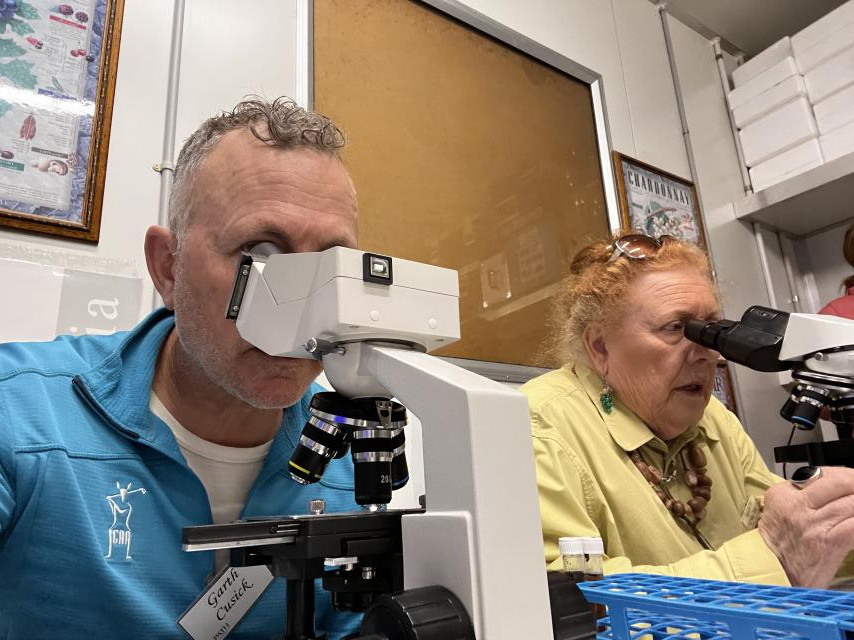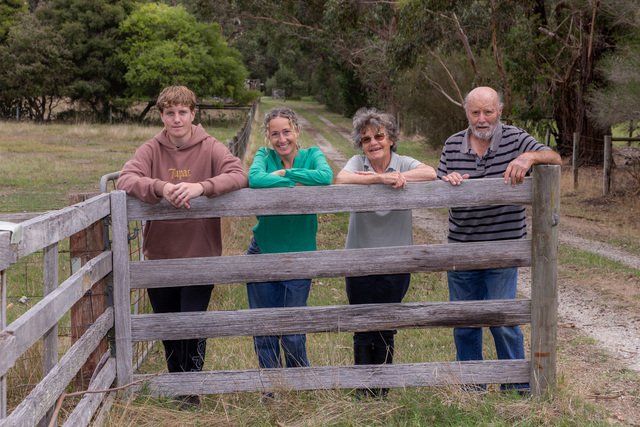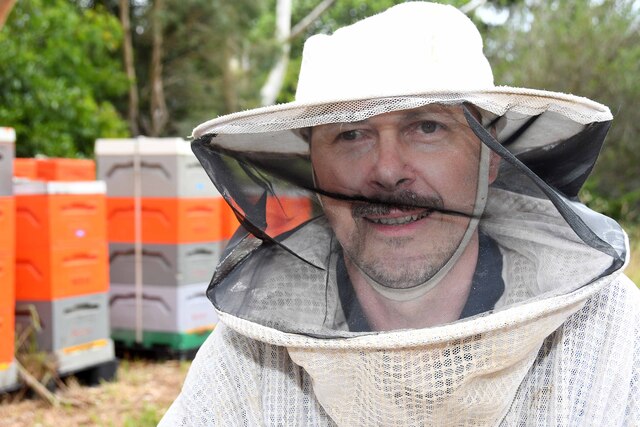The proposed Victorian Renewable Energy Terminal at Hastings has recently gone out for environmental impact assessment, a proponent told a ‘Towards 2050’ South East Business Conference on 30 August.
Port of Hastings stakeholder and community relations manager Todd Trimble said it was being “upfront” about environmental impacts of the project in world-signficant RAMSAR-listed wetlands.
Given the “sensitive” habitat, the project would have to meet “higher environmental standards”.
And the community was “active and engaged” on protecting those values, he said – noting the scuttling of a recently proposed AGL gas pipeline due to fierce community uproar.
Hastings was named the State Government’s preferred site for the project – effectively a staging port for giant wind turbine towers offshore in Bass Strait.
The offshore wind farms in Portland and Gippsland would help deliver a target of 2 Gigawatts of offshore power by 2032 and 9GW by 2040.
About 15 hectares of the terminal would be built out across “really valuable” sea grasses in Western Port’s bay, Mr Trimble said.
This would minimise the dredging required, and reach no further out than existing port structures.
“We will have to manage that very closely, understanding the impact that we will be having by building across that land.
“However it is in an existing heavy industrial area so we think that it can be managed.”
Bed-levelling dredging would also be required to build the new “berth pocket”, followed by the pouring of a significant amount of concrete to bear the turbines’ great weights.
The project would still require a one-off 1 million cubic metres of dredging to accommodate the large, deep freight vessels.
After that point, no annual dredging would be required. Strong tidal movements were expected to clean the channels, Mr Trimble said.
In comparison, alternative sites in Port Phillip would require annual dredging, he said.
The staging port was required due to the sheer size and weight of the wind farm components – five times bigger than on-shore turbines, Mr Trimble said.
Hastings would receive the components mainly imported in Europe, and partly pre-assemble the off-shore wind turbines before they’re fully assembled out at sea.
The 200-metre tall structures would have “significant visual impact”, much taller than the Mornington Peninsula’s next tallest buildings such as the 33-metre tall McCrae lighthouse, Mr Trimble said.
Several years ago, Hastings was overlooked as Victoria’s second major port in favour of Bay West.
In the meantime, its annual freight traffic had dramatically declined from about 500 vessels in the 1980s to about 150.
It meant that the port had plenty of capacity for the new terminal, Mr Trimble said. Tracts of available land close to natural deep water shipping channels and the proposed offshore windfarms.
The project would create at least 1500 jobs over two years of construction, with up to 300 on-going jobs at the terminal.
If approved, the terminal’s construction was expected to begin in 2026. Building of the off-shore wind farms would start in 2029, with power generated to the grid by 2032.
With the port’s under-utilised LPG and petrol fuel tanks, there was also an opportunity to be part of a Japanese consortium’s liquid-hydrogen supply chain from Gippsland, Mr Trimble said.
– The South East Business Conference on 30 August launched the Victoria South East Chamber Council (VSECC), a collective representative body to unite businesses through their local business group or chamber.







